Simulations have turned an inevitable fact —using the chosen brand and type of film for an entire roll— into an aesthetic tool allowing the selection of the most appropriate image rendition for each single exposure. Using simulations is like having all the different kinds of film in the same roll with all the convenience of digital technology, opening a huge number of creative possibilities.
This is what the standard marketing claims for software simulations are based upon, but is that actually so?
As a matter of fact, the answer is yes, but if we look at the matter from a different perspective, we should consider some broader implications of the disconnetction between physical reality and perception made possible by these software.
Let’s compare these two photographs, one taken in a cafeteria

and the other during a performance, from behind the stage.
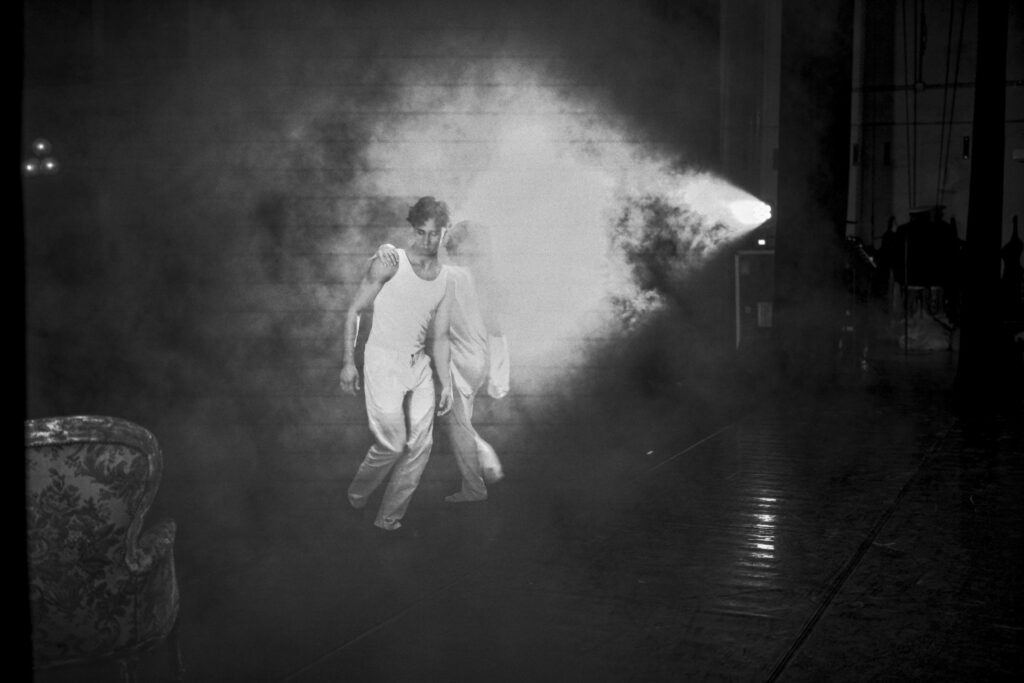
Can you tell which film I used?
As an empirical test, I uploaded the pictures onto an AI platform and it guessed that it was a Kodak T100 Max for both.
The answer was correct, but for the fact that the first photo was actually taken with a T100, whereas the second was doctored with a T100 simulator. I am fairly confident that an expert in films —which I am not— could tell the difference, but for the average photographer —and for a casual observer— it would be challenging to tell which is which. Kudos to the software house that made the simulator, and to the AI manufacturer for such a successful training of its model.
From a practical point of view I have nothing to complain about using film simulations. Provided they work properly and produce accurate results there are no technical – and I stress the word ‘technical’ – reasons to avoid them, especially in some kind of professional applications.
Things begin to change when considering the relationship between how reality appears to the photographers’ mind and how it is captured on film. Given the exact same subject and light conditions, the use of different films will provide different outcomes. Maybe the differences are just tiny, but they are there, nonetheless. In other cases, think of of the unique contrast of the Kodak Tri-X 400 or the extreme results provided by an orthochromatic film such as Ferrania Orto. It is impossible to forget to consider how the film react to light when framing a shot. In other words, limitations force the mind to be more conscious and take meaningful shots. But while this approach may seem valid when considering photography as a form of self-expression, it is not robust enough to overcome digital photography’s undeniable advantages, even in the realm of film simulation. There is, though, a broader issue to consider: the loss of our direct connection with the outside world.
Strictly speaking, one could argue that using film also disconnects the photographer from reality. However, this argument can be countered by pointing out that, once taken, the photograph exists as a real thing rather than as something that has no primal identity. The same point can be made about playing music. Why would someone carry a massive Marshall JCM800 amplifier and cabinet with a Les Paul or a Strat when Frankenstein simulators can replicate the sound of many amplifiers and guitars at the switch of a knob? Why should someone learn to play and sing when automation can fix every mistake? Where is the point of ‘making it real’?
Let’s take the argument a step further. Does personal identity still matter? Now that we have disconnected our physical self via filters, avatars and gamified portraits, from how we choose to appear in our online interactions, is it still necessary to be ‘real’?
The common thread linking these examples is that our relationship with the outside world is increasingly mediated by technology.
Like the parents depicted by Neal Stephenson in his short 1999 essay ‘In the beginning was the command line’, who wandered around Disney World looking through the viewfinder of early camcorders instead of doing it directly, we experience the world through an interface, and we can change what we see or let other to see (also of ourselves) without any connection with facts.
In this regards, then, film simulations are the archetype of this disconnection because they affect directly how we are (becoming not capable of) looking at the world around us. So, should we stop using film simulations and digital post-processing, and return to wet-plate photography, or even earlier forms of expression such as painting or cave graffiti? Of course not.
At the same time, however, we should be aware of the individual and social impact of this kind of technologies, and use them with caution instead of being made “comfortably numb” (cit. Pink Floyd) and seduced by meaningless marketing hypes whose goal is to severe our connection with the world and let us live in a technology-controlled loneliness.
Share this post:
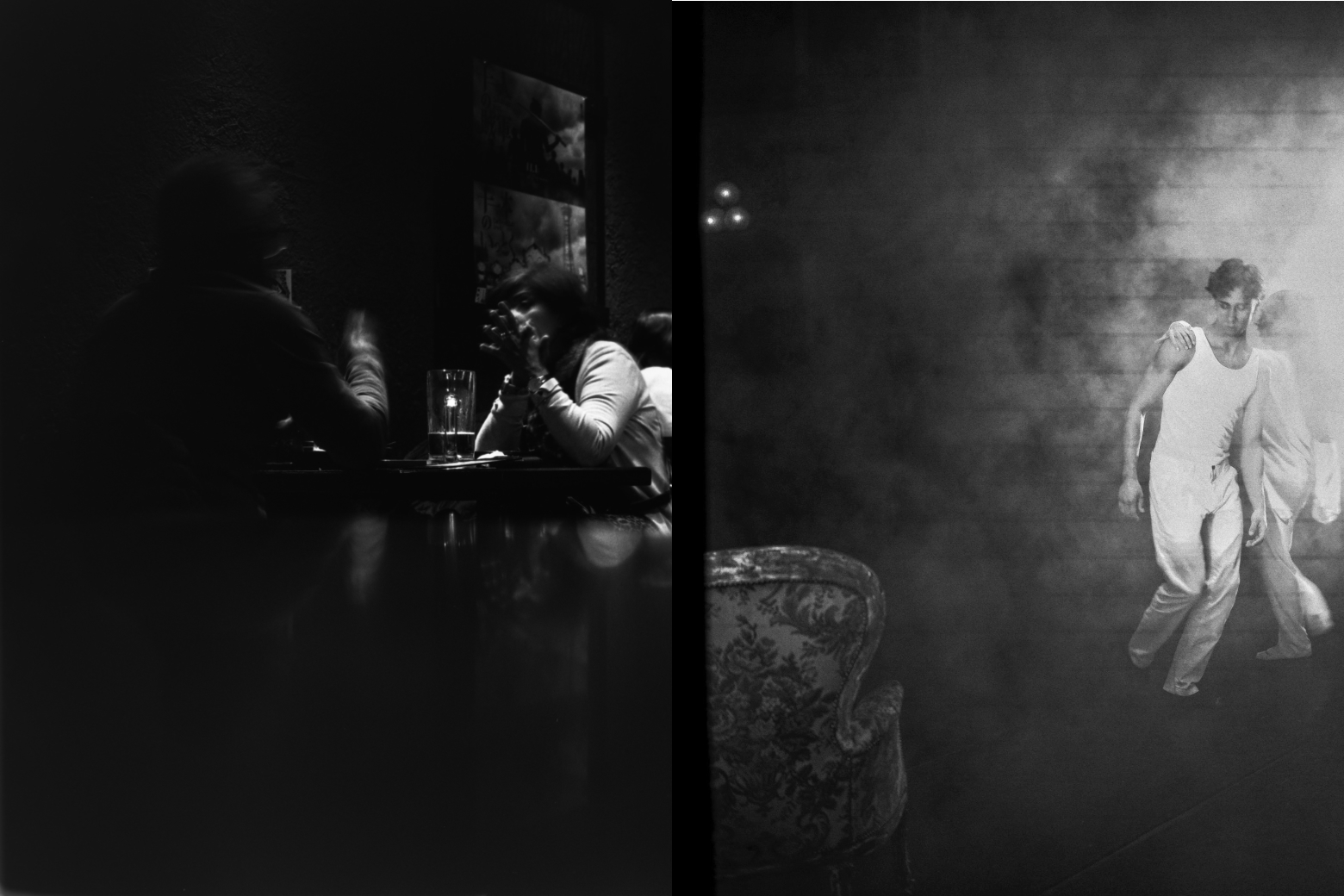
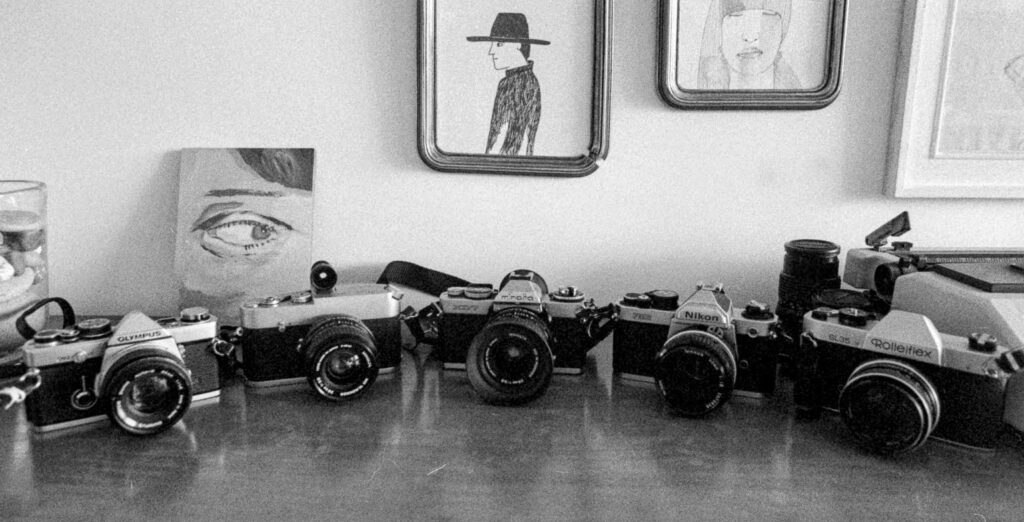
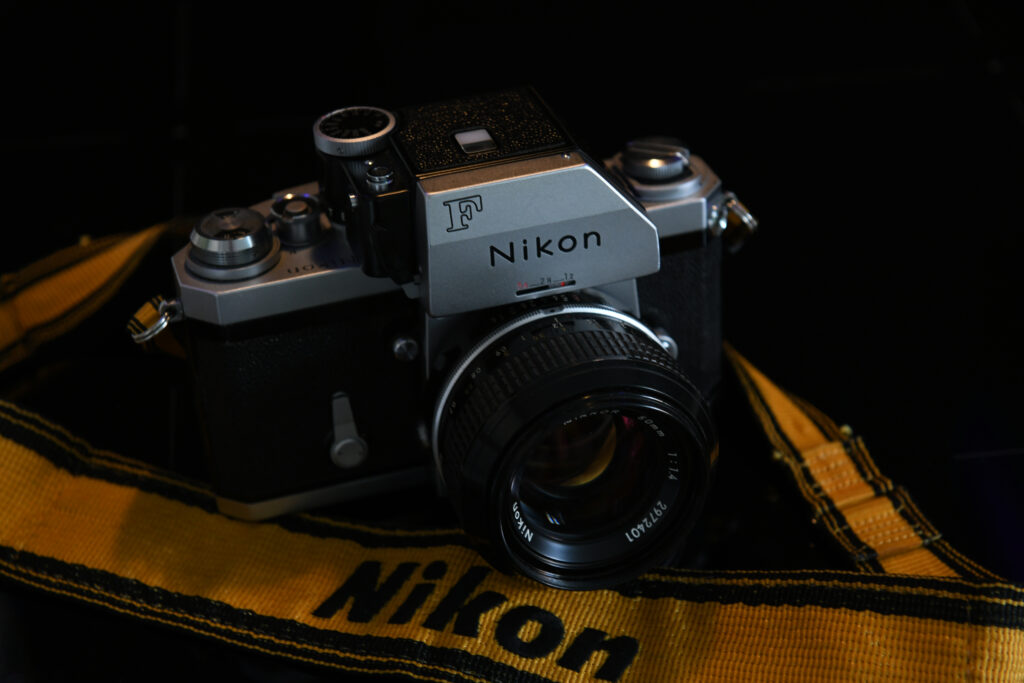
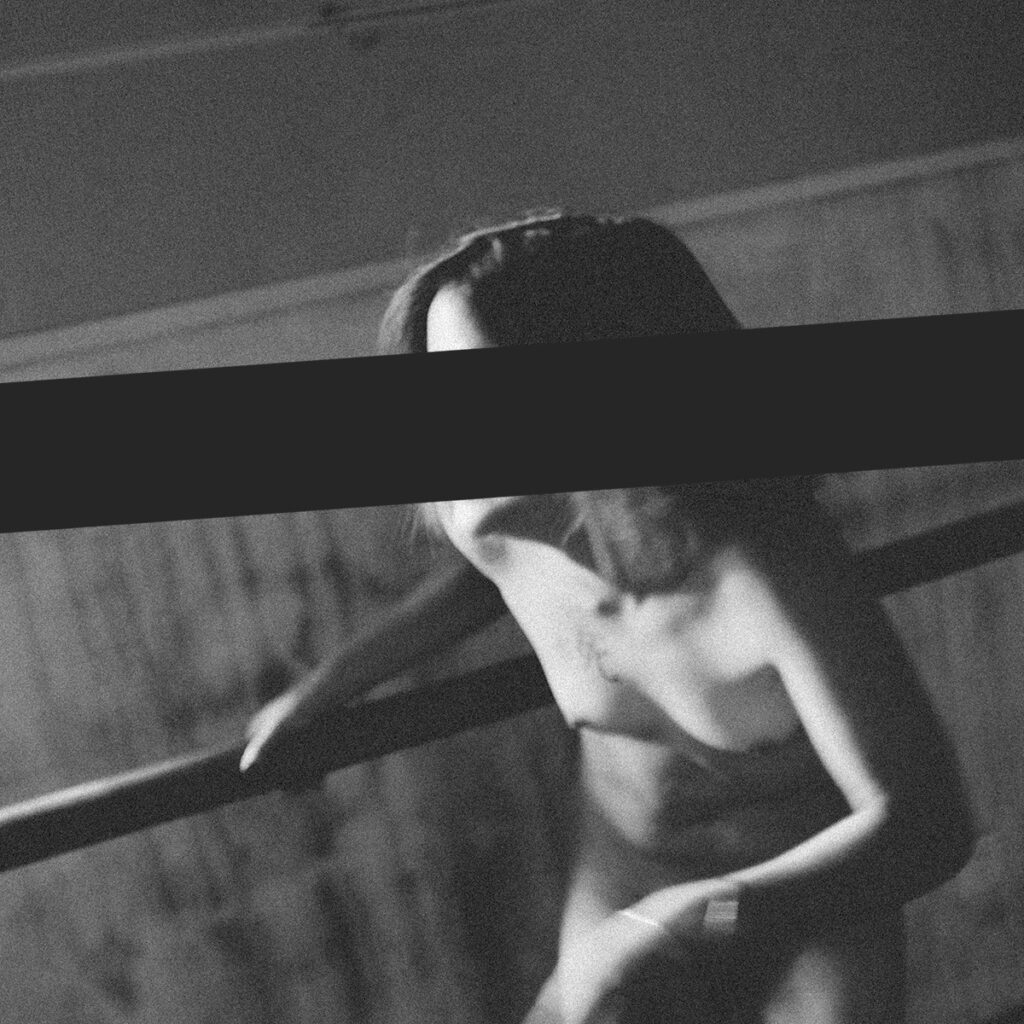
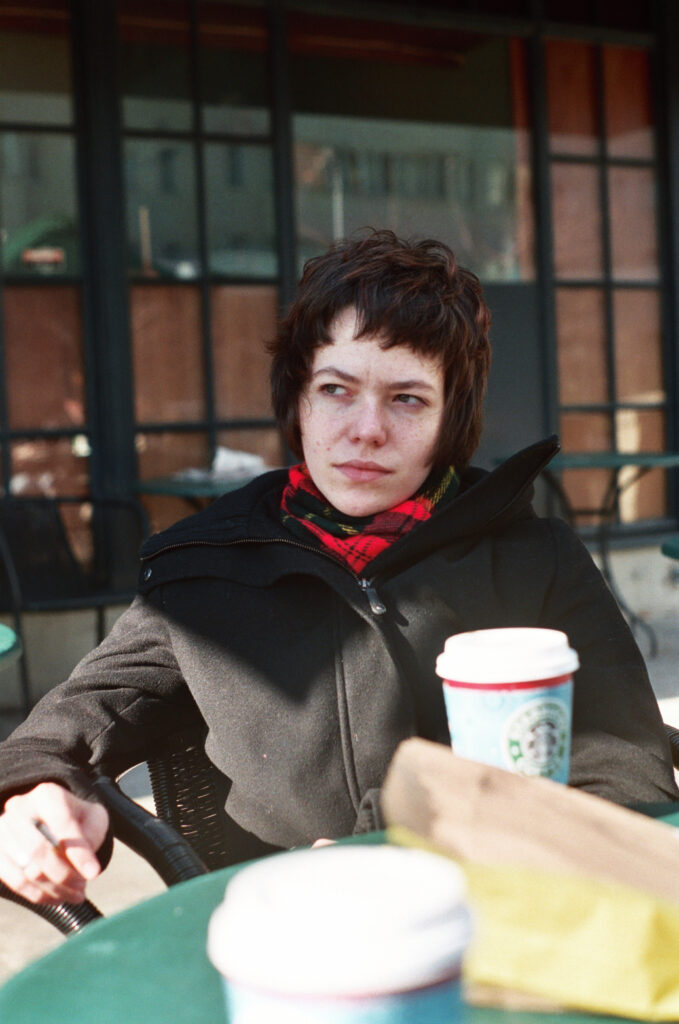

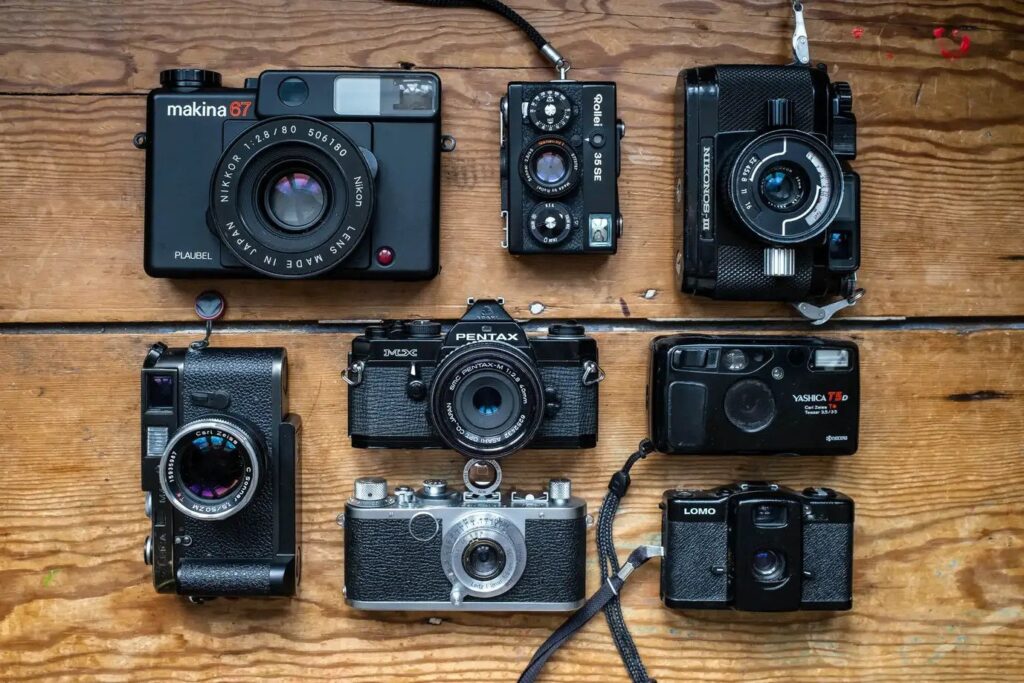
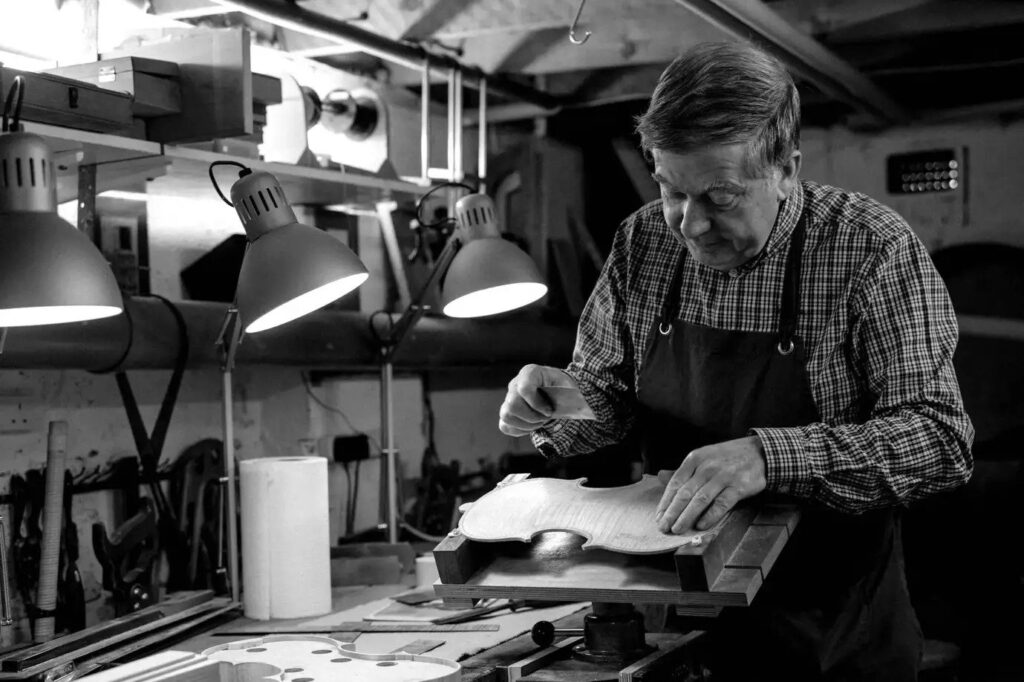
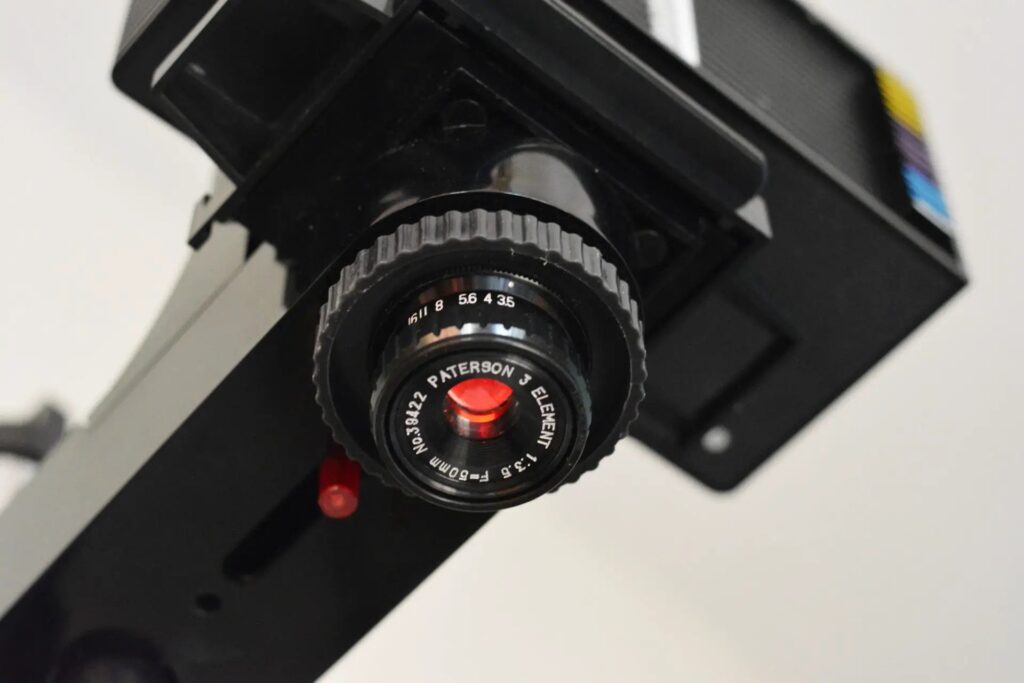
Comments
thorsten on On Film Simulation or ‘is fiction more real than reality, and why should we care?’
Comment posted: 19/07/2025
Comment posted: 19/07/2025
Comment posted: 19/07/2025
Ramón B on On Film Simulation or ‘is fiction more real than reality, and why should we care?’
Comment posted: 19/07/2025
Ibraar Hussain on On Film Simulation or ‘is fiction more real than reality, and why should we care?’
Comment posted: 19/07/2025
You see it’s a long process of giving consumers, or useless people as that cretin Yuval Noah Harari puts it, a perpetual diet of fake reality, porn and drugs. A slow incremental process.
After all Fujifilm isn’t sone independent entity all left to its own innovative devices - the Same guys are to be found in the boardroom of Fujifilm as in Nikon Corp, and in Google alphabet, Microsoft, Tesla, Apple Inc et al. It’s just a piece in the process which includes fake food, fake holidays, and a steering process, which if one looks into it is clear for all to see.
Fake film isn’t film anymore than fake AI women are suited models.
Comment posted: 19/07/2025
Comment posted: 19/07/2025
Comment posted: 19/07/2025
Comment posted: 19/07/2025
Comment posted: 19/07/2025
Comment posted: 19/07/2025
Jalan on On Film Simulation or ‘is fiction more real than reality, and why should we care?’
Comment posted: 19/07/2025
Comment posted: 19/07/2025
Keith Drysdale on On Film Simulation or ‘is fiction more real than reality, and why should we care?’
Comment posted: 19/07/2025
Comment posted: 19/07/2025
David Pauley on On Film Simulation or ‘is fiction more real than reality, and why should we care?’
Comment posted: 19/07/2025
Roger on On Film Simulation or ‘is fiction more real than reality, and why should we care?’
Comment posted: 19/07/2025
What AI model (if this is the right terminology) did you use? I thought I would try by feeding in a couple of scanned negatives to see whether it could identify the film type correctly. Because the free version analyses images, I used Google Gemini (with other providers it seems to be a paid option). I chose an image on Ilford Pan F+ that had been scanned on an Epson scanner at 3200dpi (I think using defaults) and then converted to JPG in PhotoLab. When I realised the contrast had been tweaked, I did it again using the defaults. The answer I got was that it was not FP4+ and that it was most likely Tri-X or HP5. It advised me to look at the film margin. I then tried again using an FP4+ negative taken on a very different, more overcast day. This time it only told me that the information was not in the Exif data.
I am not sure what to conclude. That the combination of Epson and DXO defaults makes an image look like Tri-X? That I must have messed up the development for PanF to look like Tri-X? That Ishould have repeated my question to get a different answer each time?
Russ Rosener on On Film Simulation or ‘is fiction more real than reality, and why should we care?’
Comment posted: 19/07/2025
Back in '92 I proposed a future propelled by "Electronic Edifices". Both corporate and human, which would become more important and just as real as our physical body. When I asked Nathan Lyons if he thought my thesis was good enough his reply was "Not only did I think it is good, it's ALMOST intelligent." Anyone who met Nathan knows that's as close as you got to a compliment. And now here we are, in this "reality" no one really wants. However, like fast food it's just enough to keep us going while the purveyors make millions by desensitizing us to the real thing. I have to admit to being a willing victim myself in many cases.
Gary Smith on On Film Simulation or ‘is fiction more real than reality, and why should we care?’
Comment posted: 19/07/2025
Great article Andrea!
Eagle Omomuro on On Film Simulation or ‘is fiction more real than reality, and why should we care?’
Comment posted: 20/07/2025
David Mackay on On Film Simulation or ‘is fiction more real than reality, and why should we care?’
Comment posted: 20/07/2025
For example I love the work of Alexey Titarenko, yet I do not think of him as a photographer because he applies a bleach solution to highlights in certain photos.
Comment posted: 20/07/2025
Jeffery Luhn on On Film Simulation or ‘is fiction more real than reality, and why should we care?’
Comment posted: 20/07/2025
I echo many of the comments complimenting you on a thought provoking article. Bravo!
After about 20+ years as a professional photographer using film, I was delighted to switch to digital because I kept my prices the same and drastically cut my expenses. Like a surfer, the wave eventually ended and I was deposited onto shore. Millions of new photographers were already there, producing crappy shots for their clients. The general appreciation of great photography got dumbed down. Other than top-tier photographers with great skills and creative concepts, commercial photography became similar to the product from drive-through burger joints. Ugh!
As a gift from from the photo gods, the college where I teach digital photography needed to meet California state education requirements to preserve their accreditation, so they resurrected a B&W film photography class to pick up the needed units. BINGO!!!
My students are a mix of retired folks driven by nostalgia, and young folks discovering film photography for the first time. Every young person in the class has a vinyl record collection. I installed a stereo system and turntable in the darkroom!!!
We all know that 'better' photos can be taken faster, easier, and cheaper, with a cell phone or any other digital camera. There's no point arguing that. We also know that a digital image can be post-processed to convincingly appear like a film shot from Tri-X, HP-5, or even Super XX processed in Pyro. Sure. But...
Did you ever hear a character from Star Trek say anything about how wonderful of a journey they had after stepping down from the transporter? No.
I agree that look-alike results can be achieved from film simulators, and other great effects are easily achieved with many computer paths. But, for me, I cannot achieve 100% repeatable results from two rolls taken on different days through the same camera and processed identically. Every roll is like opening a gift box. I know you feel the same way. So, while I may use any digital app in the future without guilty feelings, I am so grateful to have film, chemicals, an enlarger and a darkroom to live out my final years on this planet. Amen.
Darren Nelson on On Film Simulation or ‘is fiction more real than reality, and why should we care?’
Comment posted: 21/07/2025
“Strictly speaking, one could argue that using film also disconnects the photographer from reality. However, this argument can be countered by pointing out that, once taken, the photograph exists as a real thing rather than as something that has no primal identity. ”
I am not sure the medium of the photograph matters in the disconnection from reality you posit. Rather film or digital, the scene or moment was captured and stored, its just the medium is different. A digital file in not a negative, but it is stored physically on an object. It wouldn’t exist otherwise.
I think a lot of the point of “making it real “ as you say is process oriented rather than product. A photographer or filmmaker or musician may use simulations because it is the most efficient and effective way to realize their vision. On the other hand, other artists may value the process experience of doing it a different way, like using film or a special amp. I dont think they are mutually exclusive.
Michael Keppler on On Film Simulation or ‘is fiction more real than reality, and why should we care?’
Comment posted: 22/07/2025
In my opinion, anyone who reduces photography with film to a certain look has not understood why it can still be worthwhile to photograph on film today. For me at least, the focus is not usually on a particular look (unless I'm shooting infrared or I deliberately choose a particularly grainy or otherwise wonderfully imperfect film or an imperfect camera like my Holga), the process is what matters to me. It makes a difference whether I take hundreds of pictures with a small mirrorless system camera or an iPhone or whether I use a 6x6 camera weighing two kilos to determine the image section in the waist level viewfinder and the focus by hand on the lens. It's a different process and the tool influences both the process and the result. This process cannot be simulated. You can do everything possible on the PC to achieve a similar result. The experience of capturing the beauty of unique landscapes on film with a tripod, a beautiful Hasselblad and a Zeiss lens, with which NASA astronauts have already photographed our earth from the moon, with a loud ‘plop’, cannot be simulated. Neither can the feeling of holding the result of this experience in your hands in the form of a negative.
Conscious, slow photography does not detach me from reality and the direct experience, on the contrary, it allows me to look more closely.
I earn my living as an architect and a few years ago we had to demolish an old, dilapidated house. We found old negatives in the rubble, photographs from Stuttgart, probably from the 1920s. In a few years' time, we'll probably find SD cards or SSDs. I don't think these finds will have the same significance.
There is no doubt that digital photography has made many things easier and in some respects it is far superior to film photography. When I shoot digitally, I do so with a Hasselblad, which, like no other camera, reproduces colours exactly as I see them. This is something that fundamentally distinguishes this camera from film photography, it has such an exact colour reproduction that no film ever produced can deliver. I wouldn't dream of putting any kind of filter or film simulation over the images. Why should I, when the specific strength of the camera lies in the exact reproduction of colour? The question for me is not analogue or digital and I would find it rather silly to digitally simulate an analogue process. The key question for me is: what is the best tool to achieve a particular goal, what are the specific strengths or weakness and sometimes the inherent beauty of a particular tool or process.
fleetwoodler on On Film Simulation or ‘is fiction more real than reality, and why should we care?’
Comment posted: 23/07/2025
This whole obsession with achieving a "film look" through digital means is, nothing else than a marketing narrative. If you want the look and feel of film, shoot bloody film. If you prefer the convenience and flexibility of digital, shoot digital. At the end of the day, your artistic value won’t be determined by the medium you use.
Nice read and thanks for sharing your thoughts!